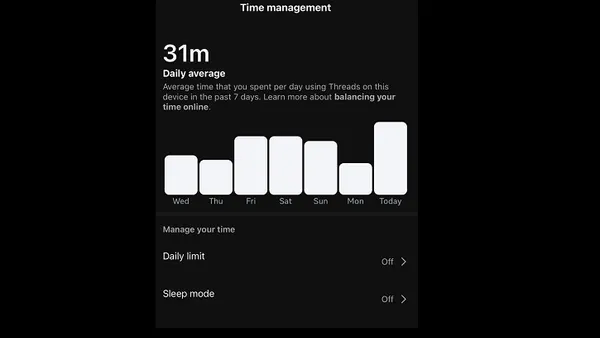One of the biggest challenges faced by companies with large sales forces these days is how to deal with social networks. This is particularly true of companies that operate in highly regulated industries in which the sales force interacts directly with consumers, industries such as financial services or healthcare. The first reaction, which is to simply ban any sales rep from having a social media presence, is not practical and in the long run it will put the company at a disadvantage. Allowing participation without any guidance is also not an option. So companies are caught in a dilemma: on one hand, planning how your sales force uses social media requires careful thought and planning. On the other hand, the evolution of the market is putting pressure on companies to act quickly. A way to solve the dilemma is to take a gradual approach.
There are three steps that companies can take to gradually allow their sales force to participate in social networks. These steps can be taken as subsequent steps, and each one represents a higher degree of involvement
- The first step is to set up guidelines on use of social media. These will be primarily compliance guidelines. Such as how the brand should be represented, if at all, within the social network once a sales rep starts using it for business. The tone of the conversation. The regulatory guidelines on which subjects can be discussed in a social network context. This step is primarily a risk mitigation step
- The second step is to develop a set of recommendations on how to use social networks to generate new business and nurture existing customer relationships. These recommendations may include listing which networks (e.g. Facebook, Twitter, LinkedIn) to use to generate connections. What content is effective on each network. Strategies to increase the number of followers/connections on each network. This step really begins to take advantage of the potential of social media as a marketing and lead generation tactic. While this is a great step, and can generate good results for the sales force, it still leaves one big issue unresolved: the ownership of the customers. When a sales rep builds a set of connections through a personal profile on any social network, if the rep leaves the company, all those relationship may leave with him/her
- The third and most advanced step is for the company to proactively build and co-manage the presence of each sales rep on the recommended network. This is especially true in Facebook, where a business can create individual pages and then co-assign the management of the page to each designated rep. This gives both the company and the rep a number of advantages. The company can populate content that is appropriate to all the reps, or a subgroup of reps at the same time. Assuming that the content is valuable, from the rep's standpoint, this is a true benefit, because it allows someone with limited time to still have a fresh presence in the social realm. From the company's standpoint, it provides first of all a consistent customer experience. At the same time, the company's relationship with the customer is preserved.
Managing large amount of rep pages on a social network may very quickly become cumbersome. In addition, it is important to assess how effective is the presence of the company in a specific network. For this reason, choosing to get to step 3 typically requires the use of a tool.









